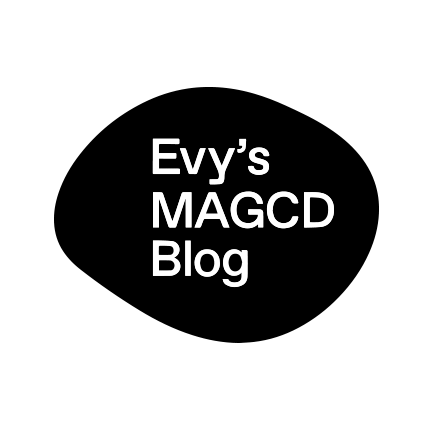Today, I will be reflecting on some of my learnings from the first part of the unit and making sense of where I find my practice to be at, and how I think it might project further. Let’s start with the concept of “making”.
Making has not been necessarily the end of the process, but at this stage, making serves as a point of reflection on how I work as a designer and on how my work materialises, projects, comes together into a congruent form. From choosing papers, binding processes, size, production qualities and other small design choices, I can see that for me, designing and making are intrinsically correlated and interdependent. The physical qualities of the book are as important as the content itself and the process to create it.



I’ve titled this short project “Memories From Our Table” as I explore the concept of commensality through oral histories recorded and projected in the form of a recipe book. The complete overview of the project is available here at GCD STUDIO.
Memories of Our Table is a project inspired on a collection of early 20th century Norfolk Recipe Books, where the traditional recipe book is reimagined as a tool for interpreting oral histories around commensality. This project touches on the relevance of form in shaping narratives, as well as exploring vanishing formats as tools to encapsulate memories of time lived. This work examines the role of physical presence, through food, in the formation of memory.

Thinking of last tutorial feedback, this week I’ve focused on producing a format that exists between the old traditional recipe books I was researching, and something more nuanced and ambiguous in relation to the volatility and haziness of memories themselves. The editorial process itself has been my favourite part so far, just being able to concentrate on how the fragments are brought together and making sense of the book as an object, a container of personal memories.
“Books are extensions of memory, the only witnesses – imperfect, ambiguous, but irreplaceable- of the times and place living memory cannot reach” (Irene Vallejo, Papyrus, 2023)



Deep down, my interest in commensality comes from the questions I have about the importance of physical presence in our modern digitally-driven existence. These are all really big subjects that I have only just managed to grasp briefly with this short investigation.
In Memories from Our Table, I look at the recipe book as a form, with its material and visual qualities. I’m interested in exploring form in graphic design through vanishing printed formats, and their relationship to the construction and preservation of memory.





What’s next?
I see the role of the designer as one who gives form. Form to textual and conceptual work. This has prompt me to reflect on historical design as form, and look at treatment and curation as a form-giving activity which can be translated, explored and played with. Having worked as a digital designer for some years now, I’ve learned to explore the “form” of this particular field. The buttons, links and columns, menus, pop-ups, etcetera. I realised that formats in graphic design are intrinsically tied to form, and form is a core element of storytelling.
These reflections have inspired me to look beyond my initial assumptions and start experimenting with the book as a hybrid object in both physical and digital spaces. I think there is potential to project my study of form in graphic communication design further, particularly in connection to vanishing printed formats, their aesthetics, content, context and treatment.
Below is a video showing a prototype of this “hybrid” cookbook. Reflecting on the use of elements such as tabs both in physical and digital spaces, layout, typography and interaction with the visual object. You can see the initial prototype here
Reimagining the context of the book in the future is crucial as we seek to preserve and create new knowledge for future generations. My research is deeply rooted in the practice of book design and informed by contemporary voices around the kind of narratives and ideas that become crucial to preserve. I’m interested in the intersection between history and contemporary practice-based enquiries.
